As we all know, India’s air quality is getting worse, particularly in major cities like Delhi, Gurgaon, and Bangalore. There are indeed numerous causes for this drop in air quality, including construction, stubble burning, industry, and car emissions, but while authorities and individuals assign blame, one certain thing is that the public is facing grave dangers.
While the government works to reduce pollution outside our homes, we may strive to minimize our exposure. One way to do this is by adding some air purifying indoor plants to your house, office, and other areas.
Before addressing the solution to this problem, let’s first examine some of the elements that pollute the air inside our homes and office spaces.
#1. Benzene
An organic compound emanating from furniture like beds and couches is also released from the LPG gas we use for cooking. This compound is also released from printers and photocopy machines in your office.
Additionally, if you are a smoker, then for every puff you take, some Benzene gets released. Exposure to Benzene can make you nauseous, give you headaches and dizziness, and can also cause insomnia.
#2. Carbon Monoxide
This gas is released from vehicles, so if your home is on a busy road or you live on the lower floors, your inside air may have carbon monoxide. Additionally, this gas also comes from the cigarette smoke.
If one is exposed to carbon monoxide for a long time, he/she will always feel tired. In addition, the person will also experience headaches, breathing problems, coughing, and much more.
#3. Formaldehyde
Like Benzene, Formaldehyde is also an organic compound generally found in cosmetic items, paints, adhesives (glue), paper products, plywood, and even building materials, amongst many others.
If you are exposed to this compound, it irritates the eyes, nose, skin, and even throat. Prolonged exposure is also said to cause certain cancers in humans. This exacerbates the need for air-purifying indoor plants at home to counter the effects of such pollutants.
#4. Ammonia
An odourless gas which can be found in materials used during construction. Exposure to ammonia causes a burning sensation in the throat, nose, eyes, and skin. Plus, after a certain level, people experience vomiting and headaches.
#5. Trichloroethylene
A volatile organic compound that is found in lubricants, varnishes, adhesives, paint removers, chemical cleaners, and some other products. Exposure to this compound affects the reproductive and immune systems, the central nervous system, kidneys and livers.
As these compounds and gases mix with the air inside our homes and offices, we can use indoor plants to neutralize them, minimizing the harm to our health.
Also Read: Benefits Of Replacing Metal Cookware With Clay Pots: How to Cook In Earthen Pots?
10 Indoor Air Purifying Plants In India To Refresh Your Home Air
Below you will find the list of indoor air-purifying plants that you should keep in your home or office space to purify the air inside.
1. Money Plant
Since money plants release oxygen into the air even at night, they are a popular choice for improving indoor air quality. This makes them even more desirable and feasible to place in your living and bedroom areas.
Money plants grow in both soil and water. If you already have one in your garden, all you have to do is take a piece of it and plant it in the soil or water to get it started.
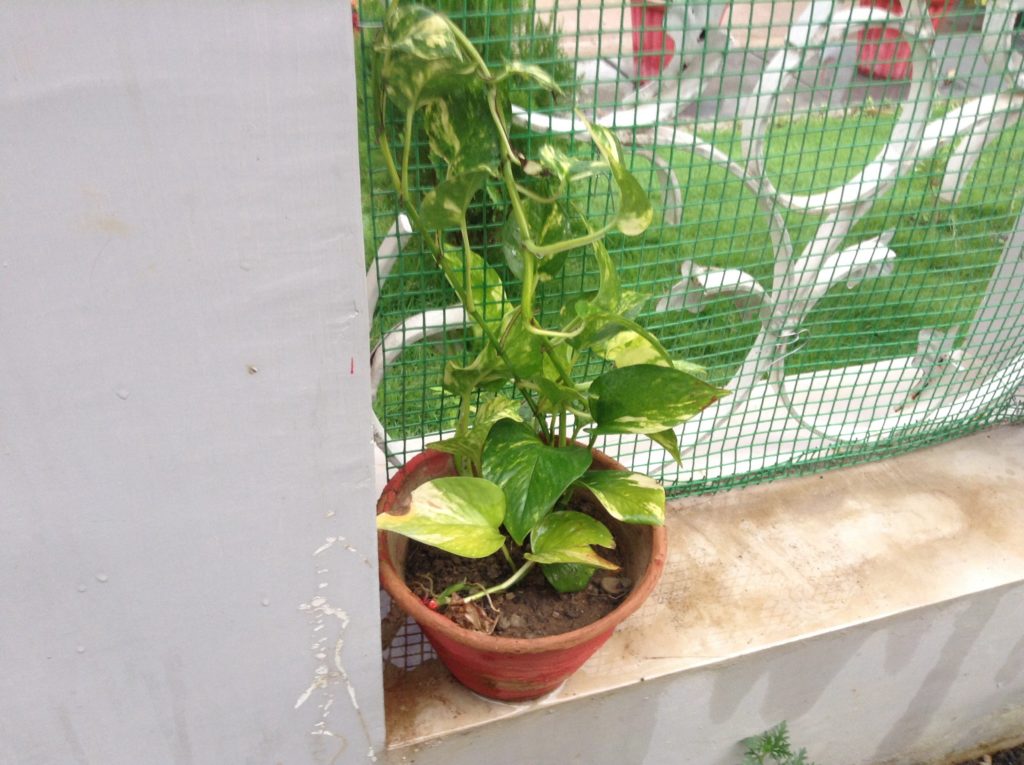
Features and Benefits:
- Easy to care for: Money plants are known for their resilience and require minimal care. They thrive in moderate light and don’t need frequent watering.
- Stylish addition: Money plants boast beautiful, heart-shaped leaves that add a touch of elegance to your space.
- Air purifier: Money plants act like tiny air filters, removing common indoor pollutants like Benzene, formaldehyde, and xylene.
- Stress buster: The calming presence of greenery can do wonders for your mental well-being. Money plants are low-maintenance and easy on the eyes.
- Good vibes attractor: According to Feng Shui, money plants symbolize prosperity and good luck. They are said to bring positive energy into your life.
2. Peace Lily
This plant, which has large, dark green leaves with a white streak, has been shown to eliminate indoor airborne Benzene, trichloroethane, and formaldehyde. It is said that peace lilies can enhance indoor air quality by up to 60%.
Additionally, you can also place Peace Lily in your bathroom as this air purifying indoor plant helps keep floor tiles and walls free from ‘mildew’.

Features and Benefits:
- Air Purification Champion: Peace lilies are like tiny air fresheners, filtering out harmful toxins like Benzene and formaldehyde, leaving you with cleaner, fresher air.
- Humidity Hero: These plants love moisture and release it into the air, making them perfect for combating dry environments and boosting comfort levels.
- Stress Slayer: The serene beauty of their white flowers and lush green leaves creates a calming atmosphere, helping you unwind and de-stress after a long day.
- Good Fortune Friend: Peace lilies symbolize peace, harmony, and new beginnings. So, if you’re looking for positive energy, this plant is a lucky charm for your home.
- Low-Maintenance Marvel: Peace lilies are known for being easy to care for. They thrive in indirect light and only need watering when their soil feels dry.
Also Read: List Of 10 Most Dangerous Plants In The World
3. Snake Plant
Also referred to as Viper’s Bowstring Hemp, this indoor air purifying plant claimed to eliminate airborne pollutants such as xylene, Benzene, and toluene.
Like money plants, snake plants also release oxygen at night. If you happen to be a little reckless, fear not, as snake plants don’t require much attention and may go several days without water. Additionally, snake plants remove carbon monoxide from the atmosphere.
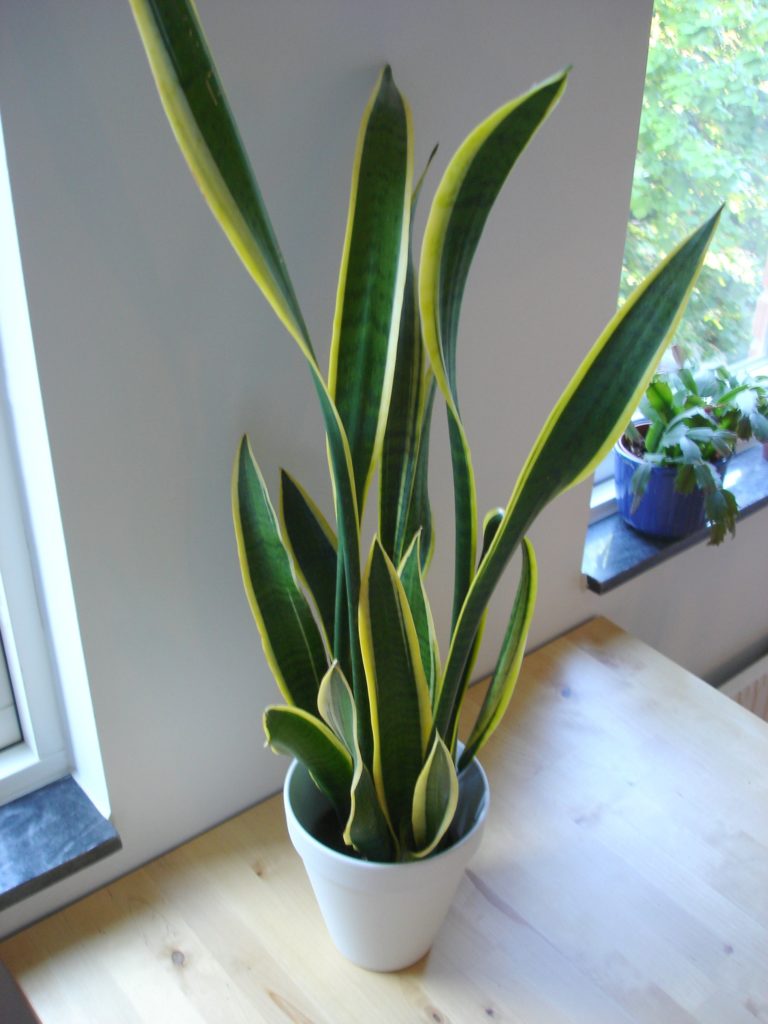
Features and Benefits:
- Air Purification Powerhouse: Snake plants act as natural air filters, removing toxins like formaldehyde and Benzene, leaving you with cleaner air.
- Stress-Busting Greenery: If you are feeling overwhelmed, the snake plant’s calming presence and sharp, upright leaves have a stress-reducing effect.
- Sleep Savior: Snake plants, unlike many other plants, convert carbon dioxide into oxygen at night, improving the quality of your sleep.
- Low-Maintenance Master: They tolerate low light and infrequent watering, which is perfect for busy plant parents. If you are looking for some hassle-free plants, they are ideal.
- Positive Vibes Magnet: It has been said that snake plants symbolize good luck, prosperity, and protection.
4. Areca Palm
Known by several names, including Golden Cane and Yellow Palm, this plant ranks in the top 10 for eliminating formaldehyde from the atmosphere, as per a NASA study.
A six-foot-tall Areca palm plant can provide you with one litre of water in the air in just one day, making it a fantastic humidifier as well.
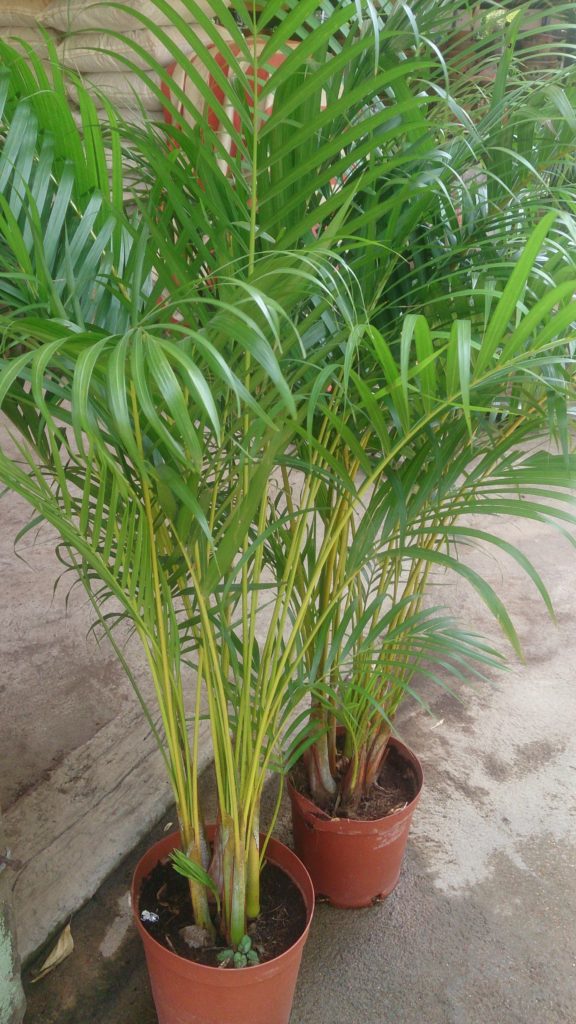
Features and Benefits:
- Nature’s Noise Canceller: They create a calming white noise effect, masking disruptive sounds and fostering a more peaceful atmosphere in your home.
- Conversation Starter: This plant is sure to draw attention and spark conversations with guests. Its unique, tropical aesthetic abilities will leave everyone impressed.
- Symbol of Positive Energy: In some cultures, the Areca palm is associated with prosperity, good luck, and new beginnings.
- Climbing Champion: Unlike other houseplants, Areca palms have the potential to become impressive climbers.
5. Rubber Plant
This plant, sometimes called the Rubber Bush Plant, effectively eliminates VOCs and effluents from the atmosphere. But be aware that some animals find rubber plants harmful if you have pets. Like some of the others air purifying indoor plants on this list, they do not need much care; they require water once the soil is completely dried out, which means not more than once a week, and can survive under low light conditions.
The plant can also survive a low temperature of up to 4 degrees Celsius; however, with low temperatures, one should remember that water dries out slowly, so do not overwater this plant, or it’ll die.

Features and Benefits:
- Breathe Easier, Live Better: Imagine your rubber plant as a tiny superhero, silently filtering out nasty toxins like formaldehyde and Benzene.
- Stress Buster Buddy: Its glossy, resilient leaves have a calming aura, and they act like stress busters.
- Charming: According to Feng Shui, rubber plants bring prosperity and good fortune.
- Modern look: The rubber plant’s sleek, modern form is like a breath of fresh air for your space.
- The plant That’s Your BFF: Forget complicated care routines! Rubber plants are the ultimate low-maintenance BFFs.
6. Aloe Vera
Unbeknownst to us, aloe vera is also useful for indoor air purification. We already know that the gel within its leaves is used to treat burns and wounds and that people use it to moisturize their skin.
Aloe vera is a great option for people who lack gardening skills because it is relatively easy to grow, but it does require light, even artificial light, and is very difficult to kill. It only has to be watered once every three weeks throughout the winter.
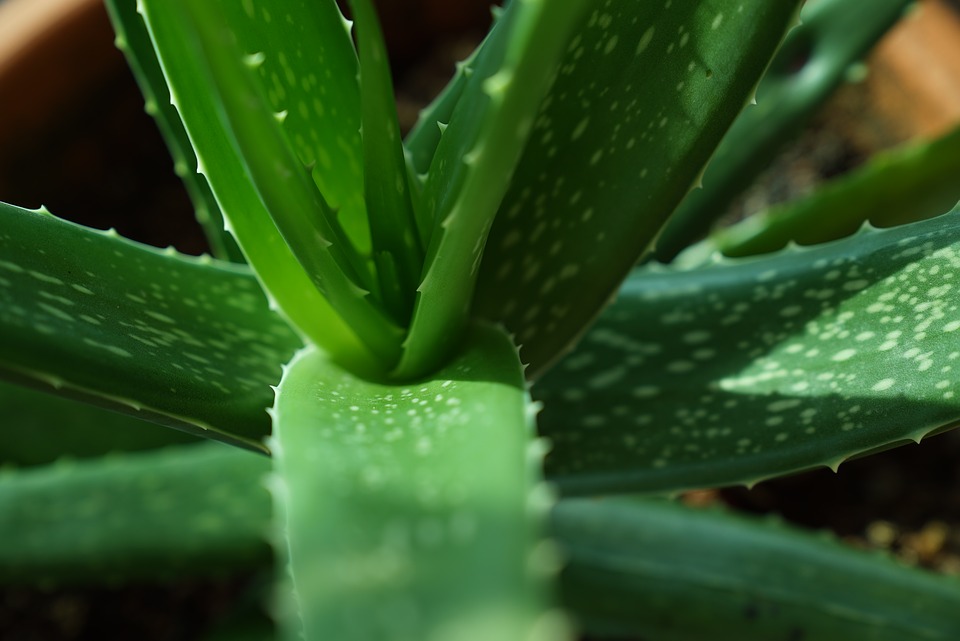
Features and Benefits:
- First-Aid Kit: Keep this green healer handy for minor cuts, burns, and sunburns. The gel inside the aloe vera leaves has soothing and anti-inflammatory properties.
- Air-Purifying Champion: Breathe easy knowing your aloe vera plant is working overtime! It acts as a natural air purifier, absorbing common indoor pollutants.
- Beauty: Pamper your skin with the magic of aloe vera. The gel is a natural moisturizer that can soothe dryness, reduce acne, and even slow down the signs of ageing.
- Digestive Delight: Aloe vera juice can be a gentle digestive aid. It helps regulate gut bacteria and can relieve constipation and heartburn.
- Low Maintenance: Don’t worry if you’re not a plant expert! Aloe vera requires minimal care.
7. Weeping Fig Plant
The common name for the weeping fig is the ficus tree. Although it can grow to be a huge, evergreen tree with broad leaves in tropical and subtropical regions, it is most frequently cultivated as a houseplant in residences, workplaces, and interior commercial landscaping. The ficus air purifying indoor plant is known for enjoying a long life between 20 and 50 years.
It is a fast grower and may need to be repotted up to once per year, but do so in the early spring for best results. Weeping figs are toxic to humans and pets.
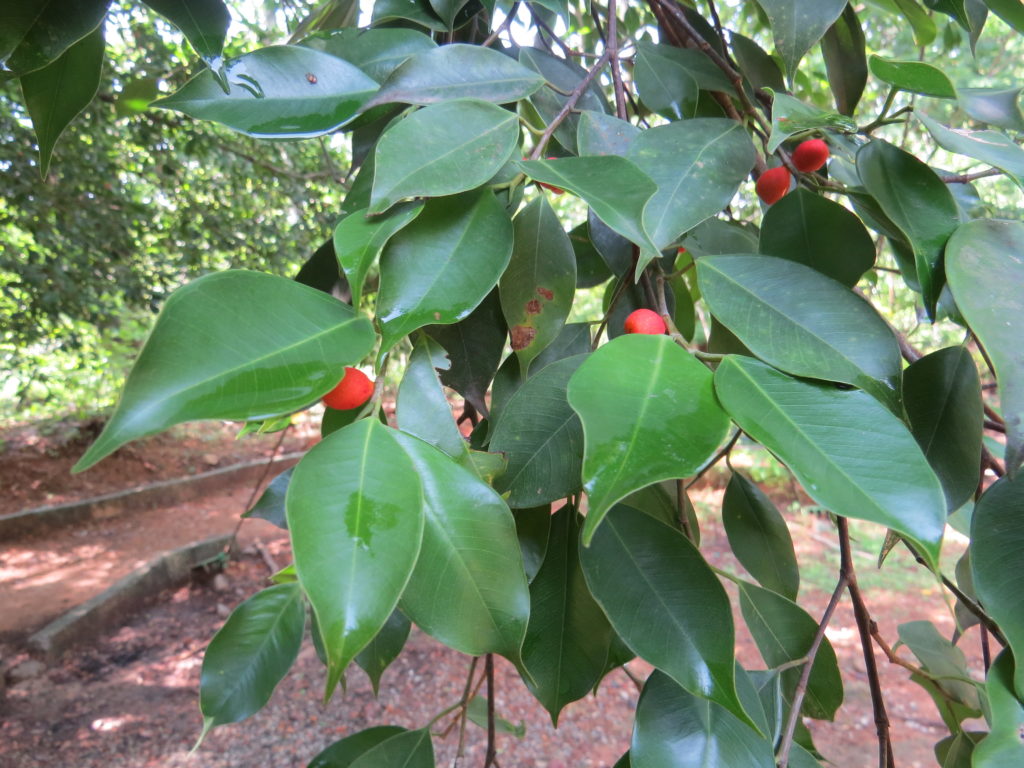
Features and Benefits:
- Natural Master: Beyond aesthetics, the weeping fig holds significance in Feng Shui. Its cascading branches symbolize wealth and prosperity.
- Whispering Waterfall: Listen closely, and you might hear the gentle rustle of the weeping fig leaves reminiscent of a soft waterfall.
- Living Sculpture: The weeping fig offers a dynamic and ever-changing display. Its branches cascade and grow, creating a unique living sculpture that evolves.
- Air Quality Detective: It acts as a natural indicator of air quality in your home. Its leaves are sensitive to environmental change and lose vibrant colour in poor-quality air.
8. Common Ivy
English ivy can extend horizontally to serve as a ground cover. However, because of its aerial rootlets, which enable it to ascend to a height of 80 feet, it is also a climber.
Though planted mostly for its evergreen leaves, the plant will eventually produce small, greenish flowers. Ivy falls into this category of foliage plants. Spring is the ideal season to plant English ivy. It grows quickly and aggressively, and in many places, it is regarded as invasive.
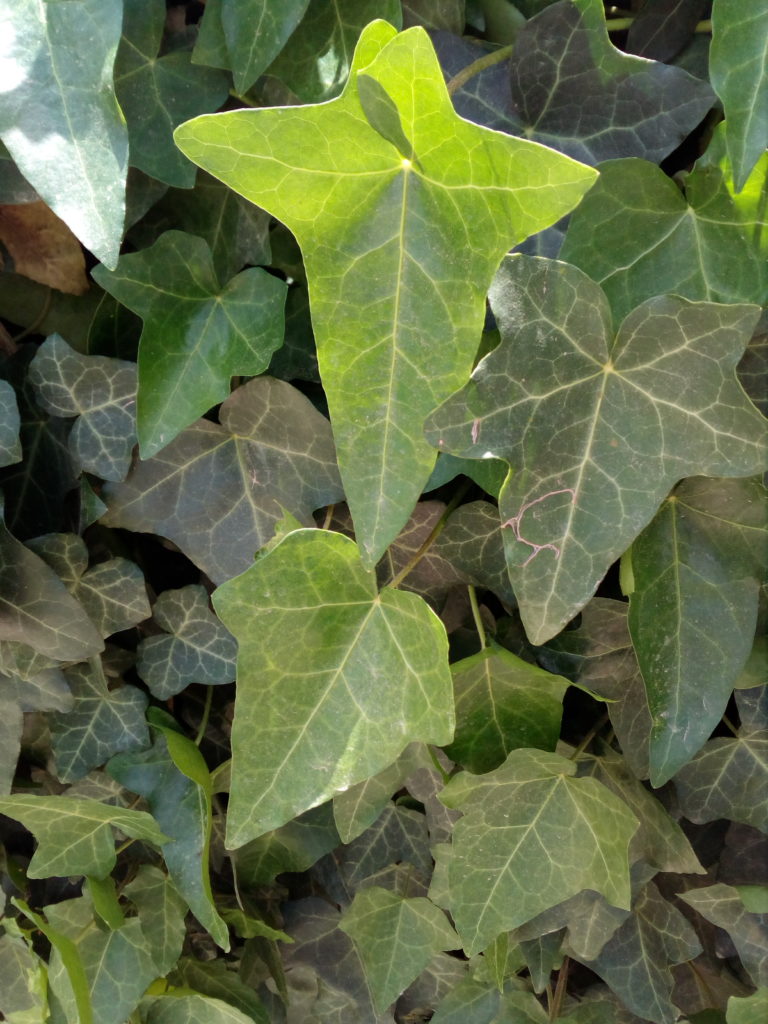
Features and Benefits:
- Nature’s Storyteller: This ancient plant has graced walls and ruins for centuries, whispering tales of history and folklore.
- Cosy Climber: Imagine snuggling up on a cold winter night with your living blanket. Common Ivy’s dense foliage can create a sense of warmth and enclosure.
- Living Air Conditioner: It contributes to a more comfortable microclimate. Its leaves transpire moisture, creating a subtle cooling effect.
- Wildlife Haven: Looking to attract some feathered friends to your windowsill? Common Ivy can be a haven for small birds and insects.
- DIY Décor Delight: Let your creativity bloom with Common Ivy! Its adaptable nature makes it perfect for crafting unique and natural decorations.
9. Chinese Evergreen Plant
One of the greatest plants for novices (or people too busy to keep most houseplants alive) is the Chinese evergreen (Aglaonema). This hardy plant is incredibly simple to grow and can withstand nearly any indoor environment.
Because it grows slowly, you can appreciate it without being concerned that it will spread too quickly. Larger, older plants do well on the ground, where they can be grown as accent pieces along walls, in corners, or next to furniture.
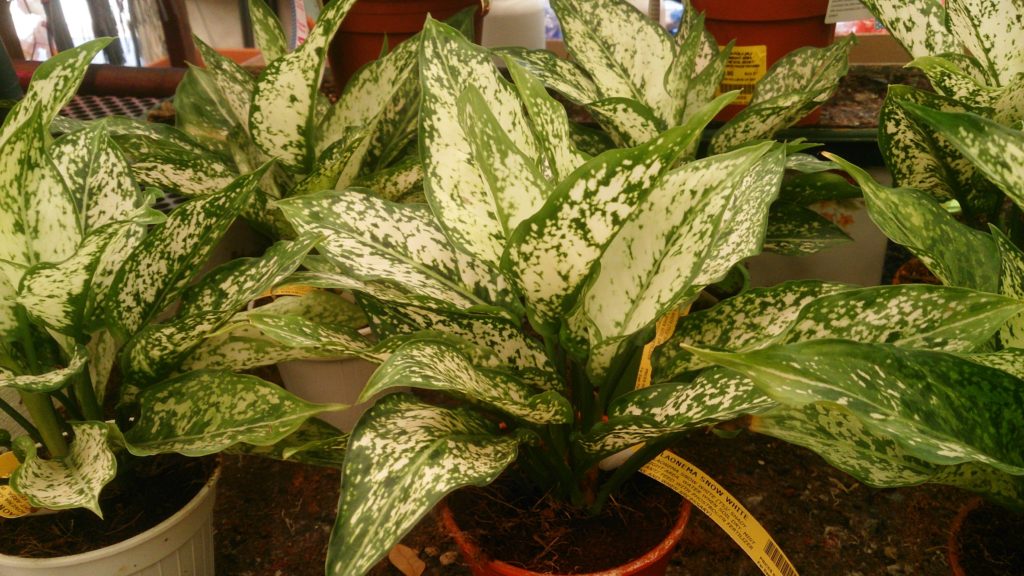
Features and Benefits:
- Living Feng Shui Filter: The Chinese evergreen isn’t just a pretty face; it’s a Feng Shui powerhouse. Its rounded leaves symbolize positive flow and new beginnings.
- Pet-Proof Champion: This plant is non-toxic to both cats and dogs, making it a safe and serene addition to your home.
- Whisperer of Humidity: Combat dry air and boost your comfort with the Chinese evergreen’s natural humidifying abilities.
- Master of Minimalism: It is the ideal companion for busy plant parents or those new to the green thumb game.
- Living Air Freshener: Ditch the artificial scents and embrace the natural fragrance of the Chinese evergreen.
10. Spider Plant
Of all houseplants, Chlorophytum comosum, or the spider plant, is one of the most popular air purifying indoor plants and widely used. Due to its ease of growth and propagation, resilience to neglect, and capacity to flourish in almost any environment, it is particularly well-liked by novices. The tiny plantlets that are grown on long, trailing stalks that resemble spiders are the source of the plant’s common name.
Plants grow 12-15″ tall. The thick, fleshy roots and rhizomes evolved to store water, allowing it to survive inconsistent watering.

Features and Benefits:
- Nature’s Mood Booster: Studies show that spider plants can enhance mood and keep you cheerful. They bring a playful and positive vibe to any room.
- Oxygen Factory: With the help of this leafy air purifier, you can experience cleaner, healthier air by eliminating typical indoor pollutants like formaldehyde and Benzene.
- Stress-Melting Superhero: The spider plant’s cascading tendrils help you unwind. Studies show that this plant has a calming effect.
- Sharing Spirit: Unlike other houseplants, the spider plant readily shares its offspring with the world. Its stems symbolize new beginnings and growth.
- Symbol of Resilience: The spider plant is a champion of adaptability. It thrives in various light conditions and tolerates occasional neglect.
Conclusion
Adding indoor air-purifying plants to our living spaces becomes a sensible and visually beautiful way to combat the growing problem of indoor air pollution, particularly in urban areas such as Delhi and Bangalore.
Stress booster Money Plant, the air-purifying Peace Lily, and the low-maintenance Aloe Vera are among the top 10 plants in India that serve as green guardians, fending off pollutants like formaldehyde and Benzene. These plants not only make our houses look better, but they also make the interiors healthier. We can breathe cleaner air and make our homes happier and livelier by embracing the green revolution inside.
FAQs:
Which plant is good for home Indoors?
The peace lily is a great houseplant for indoor use. In addition to adding beauty with its graceful dark green leaves and white stripe, it is an excellent indoor air purifier, getting rid of formaldehyde and benzene. It requires little care and thrives in moderate light, adding to a stress-free and healthy interior atmosphere.
Which are the best indoor plants for positive energy?
You should choose an Areca Palm and Rubber Plant for pleasant energy indoors. The unique, tropical aesthetic abilities of the Areca plant will leave everyone impressed, while the Rubber plant is known for its glossy, resilient leaves that have a calming aura. Both these plants act like stress busters and attract positive energy.
Which indoor plants are lucky for home?
For a lucky home, consider the Money Plant and Aloe vera. The Money Plant, with its heart-shaped leaves, attracts prosperity and serves as an air purifier. Aloe vera contains natural extracts that are lucky to keep and also good for skin and hair.
Which indoor plants produce the most oxygen?
Opt for the Money plant, Areca Palm, Peace Lily and Snake Plant if you want indoor plants that produce ample oxygen. These plants are natural air purifiers that release oxygen even at night, enhancing indoor air quality.
Which plant is best for indoor air quality?
The Snake plant is a fantastic option for the best indoor air quality possible. It acts as a natural air filter, removing toxins like formaldehyde and benzene, leaving you with cleaner air.



Have you ever considered about adding a little bit more than just your articles? I mean, what you say is valuable and everything. However just imagine if you added some great images or video clips to give your posts more, “pop”! Your content is excellent but with pics and clips, this blog could definitely be one of the greatest in its field. Wonderful blog!
Your point of view caught my eye and was very interesting. Thanks. I have a question for you.
Appreciating the dedication you put into your blog and in depth information you present. It’s great to come across a blog every once in a while that isn’t the same unwanted rehashed material. Wonderful read! I’ve bookmarked your site and I’m adding your RSS feeds to my Google account.
Woah! I’m really digging the template/theme of this website. It’s simple, yet effective. A lot of times it’s tough to get that “perfect balance” between usability and visual appearance. I must say you’ve done a great job with this. Also, the blog loads extremely quick for me on Firefox. Exceptional Blog!
I’m not that much of a online reader to be honest but your blogs really nice, keep it up! I’ll go ahead and bookmark your site to come back in the future. Cheers
Hi there! This post couldn’t be written any better! Reading through this post reminds me of my previous room mate! He always kept talking about this. I will forward this article to him. Pretty sure he will have a good read. Thank you for sharing!
My partner and I stumbled over here different web page and thought I might check things out. I like what I see so now i am following you. Look forward to looking into your web page repeatedly.